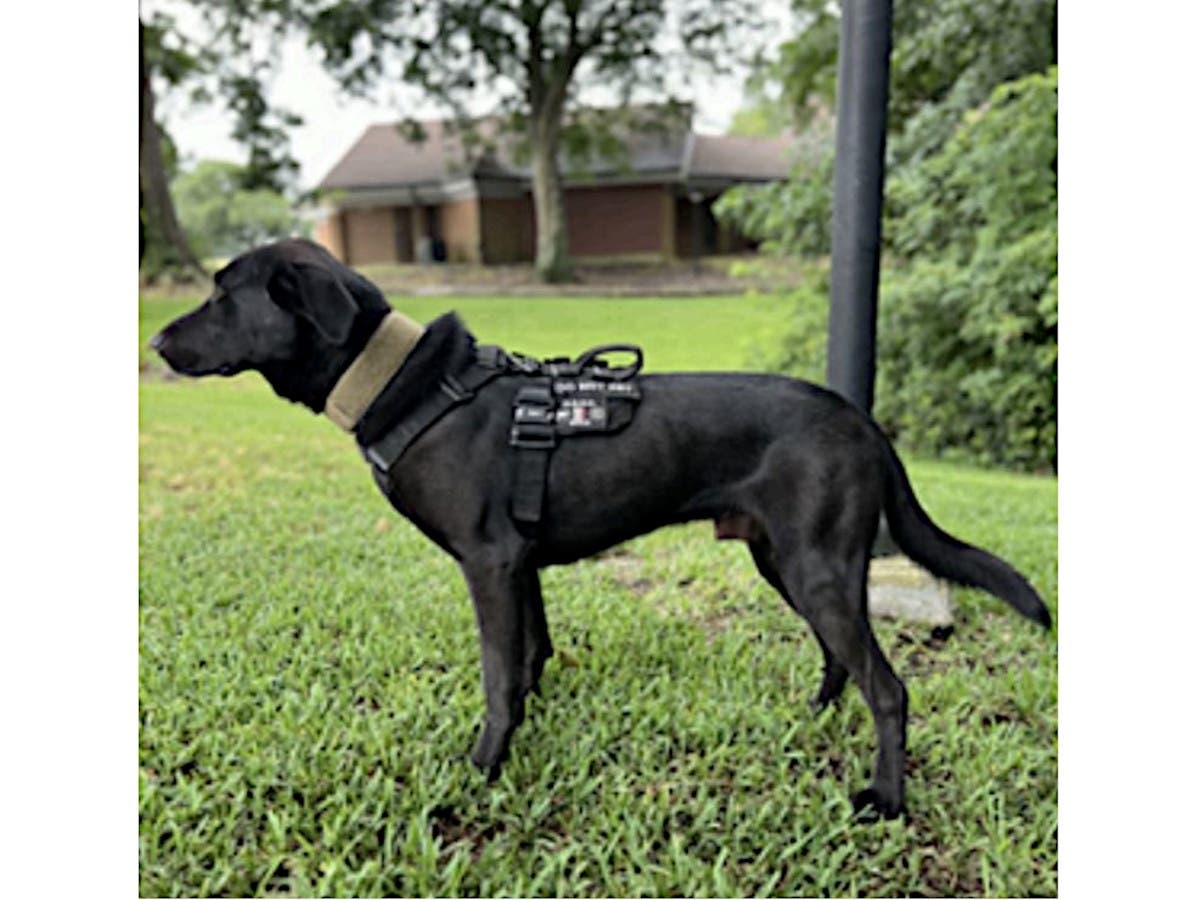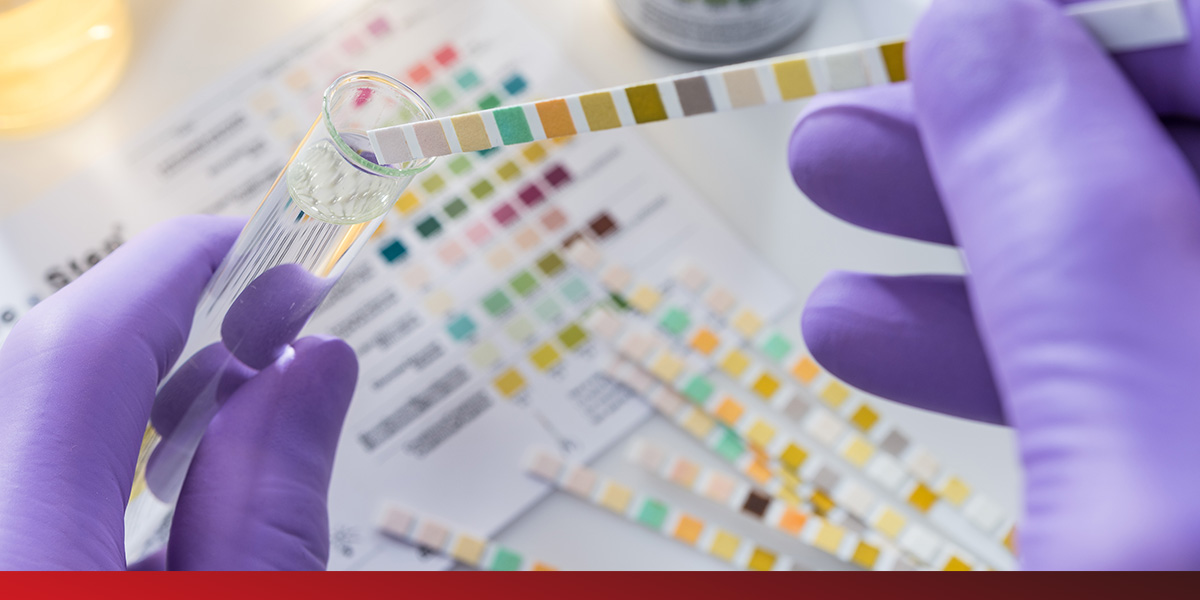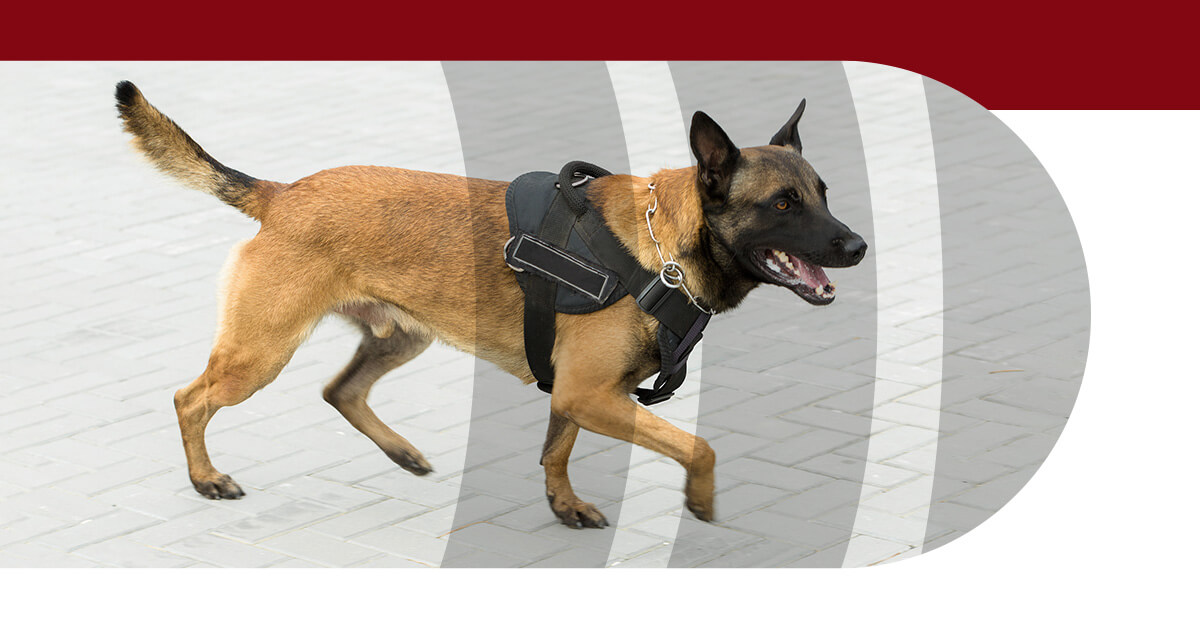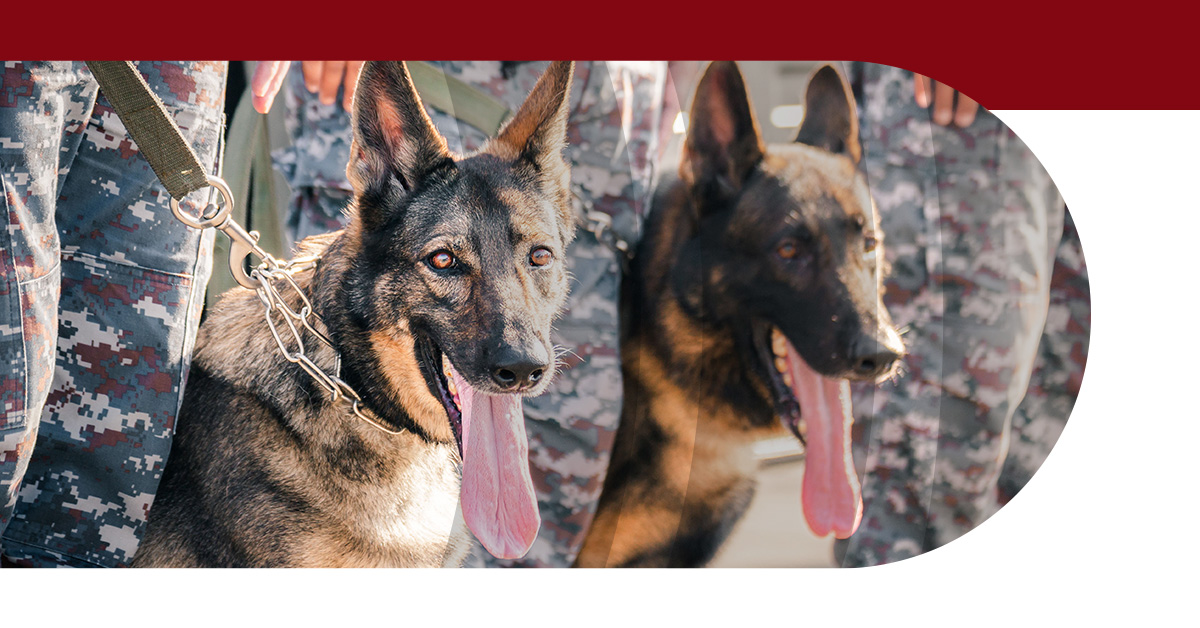News
A Comprehensive Guide to the Training of Explosive Detection Dogs
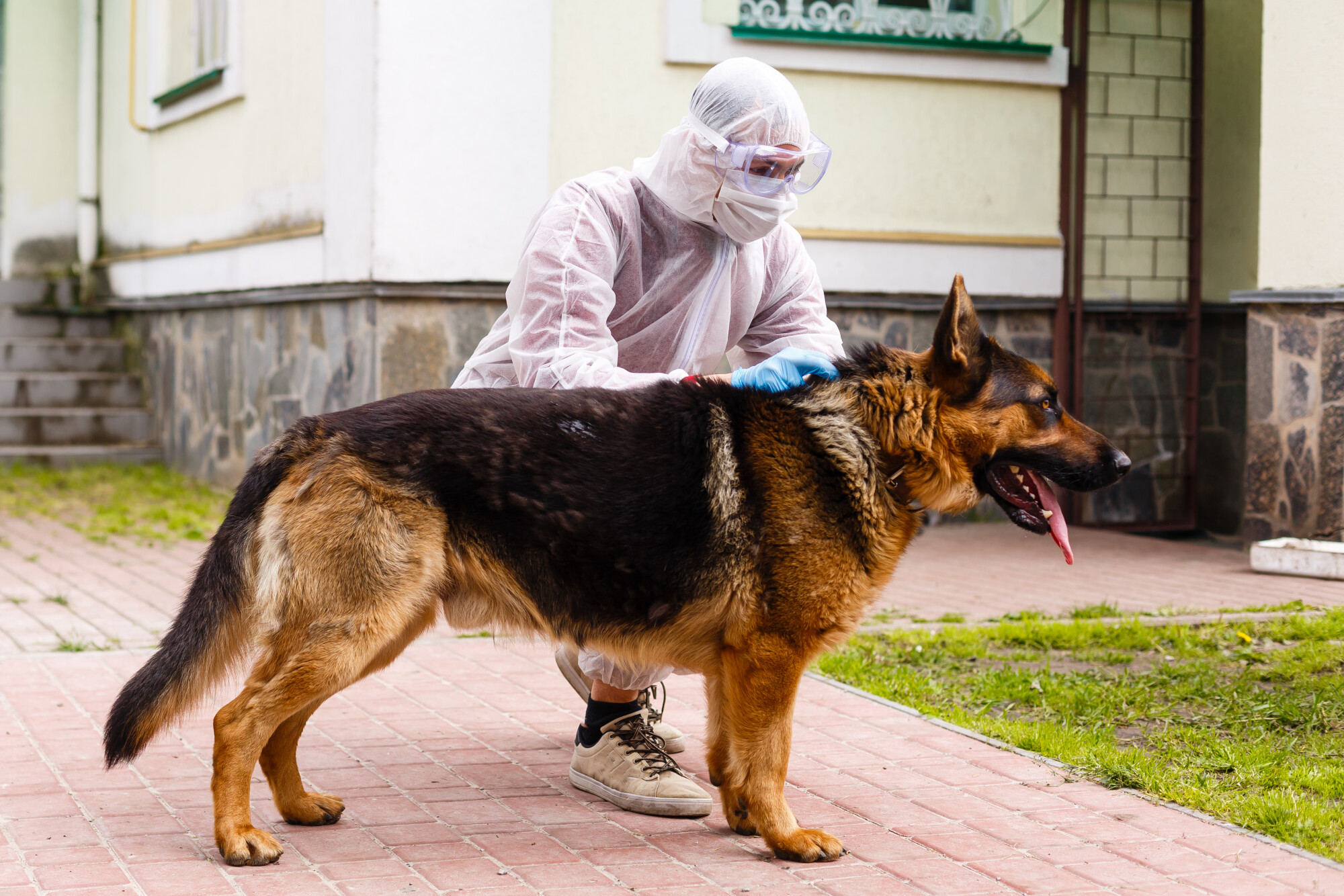
It takes around 24 to 32 weeks to train an explosive detection dog. But what else happens before, during, and after their training?
A detection dog plays an essential role in protecting human life. From bomb sniffing to drug detection, these highly skilled and obedient dogs have transformed policing.
In this article, we tell you everything you need to know about the training of explosive sniffing dogs. Discover the best type of dog, to what happens during their training and life after they've qualified.
Read this detailed guide to lea everything you need to about explosive detection dogs training.
What Breeds Make the Best Detection Dogs
The breeds that are commonly used for explosive detection work are mostly sporting breeds. These breeds have shown exceptional skills needed in an explosive detection dog.
- Labrador Retrievers
- German Shorthaired Pointers
- German Wirehaired Pointers
- Vizslas
- Golden Retrievers.
For dogs used in public places, these breeds are less intimidating. Their ability for hunting and a strong sense of smell makes these breeds perfect as drug-detecting dogs as well as detecting explosives.
- German Shepherd Dogs
- Belgian Malinois
- Dutch Shepherds
The latter three breeds are suitable as patrol and detection dogs. They have a preference over other breeds.
The Age That Dogs Start Detection Dog Training
To be eligible for detection dog training, most private schools and the US Government prefer puppies that are 10 to 12 months old. However, some private programs now accept younger puppies due to the challenge of finding older ones with the necessary training and socialization.
Age requirements vary between different agencies and there is currently no national standard in place for drug dogs. This can be determined by the contract or statement of work.
What Is a “Green “Dog?
A "Green Dog" is a term used to describe a puppy that is between 10 and 12 months old and has not yet begun detection dog training. These puppies are seen as "green" or un-trained, as they have not started their training process yet.
Typically, the breed of dogs has to show the necessary traits such as obedience and intelligence, required for them to succeed in their future training.
The animals should have received preparation for a government evaluation. This includes being socialized with different people and places. They should be able to walk on various surfaces, steps, and elevated areas, as well as have a developed drive for toys.
What Price Is Paid for a Suitable Detection Dog?
Dogs will be assessed by the government when they are around 10 months old, The standard price for a "green" dog is approximately $8,000. Private schools that train detection dogs also acquire potential candidates. Some accept younger dogs, including those as young as 8 weeks old.
The prices for private channels depend on factors such as age and pedigree. However, the price standards differ from agency to agency and there is currently no national standard in place.
Where to Get a Dog Evaluated
At Lackland Air Force Base in San Antonio, Texas, the TSA and Department of Defense carry out evaluations. The seller is responsible for bringing the dog to Lackland, where it will remain for up to 10 days for evaluation.
Currently, the government only allows brokers with government contracts to sell to them. Private vendors have their own set of requirements and may buy from private breeders. They also often inspect dogs by traveling to kennels all over the country.
The evaluation and shipment standards differ from one agency to another, depending on the contract or statement of work. The Animal Welfare Act lays out the standards for shipment.
How Long Does Training Take?
The time it takes to train an explosive detection dog varies from one agency to another. Generally, the average time to complete an explosives detection dog course is 24-32 weeks depending on the intensity of the program and the ability of the dog.
At the end of the training, the dogs should be able to detect explosive odors from a variety of sources such as powders and ambient air.
Once they have completed their training, they are given an evaluation where they are tested for their performance in various environmental conditions. If they pass the test, they are ready for deployment.
What Does an Explosive Detection Dog Do After Training?
Once their training is complete, explosive detection dogs are assigned to a handler and deployed to locations where explosives might be found. Their job is to use their sense of smell to locate hidden explosives that humans can’t detect by sight or hearing.
They are trained to remain focused and alert until the target is found, and then they are rewarded with praise and reward such as a toy or treat. The dogs may be deployed in various locations including airports, military bases, police stations, and other public areas.
The handler must have an understanding of the dog’s behavior and be able to interpret the dog’s body language correctly. They must also work with the dog consistently to maintain a high level of performance.
Looking for K9 Detections Services?
Explosive detection dogs are highly trained animals that use their superior sense of smell to detect explosives and drugs in a variety of environments. Though the training process can be lengthy and costly, these dogs provide an invaluable service to law enforcement.
If you’re looking for K9 Detector services, 3DK9 Detection is here to help! Our team has extensive experience working with explosive-detecting canine units. We have all the resources necessary to ensure your premises are safe from danger. Contact us today to learn more about our services!




